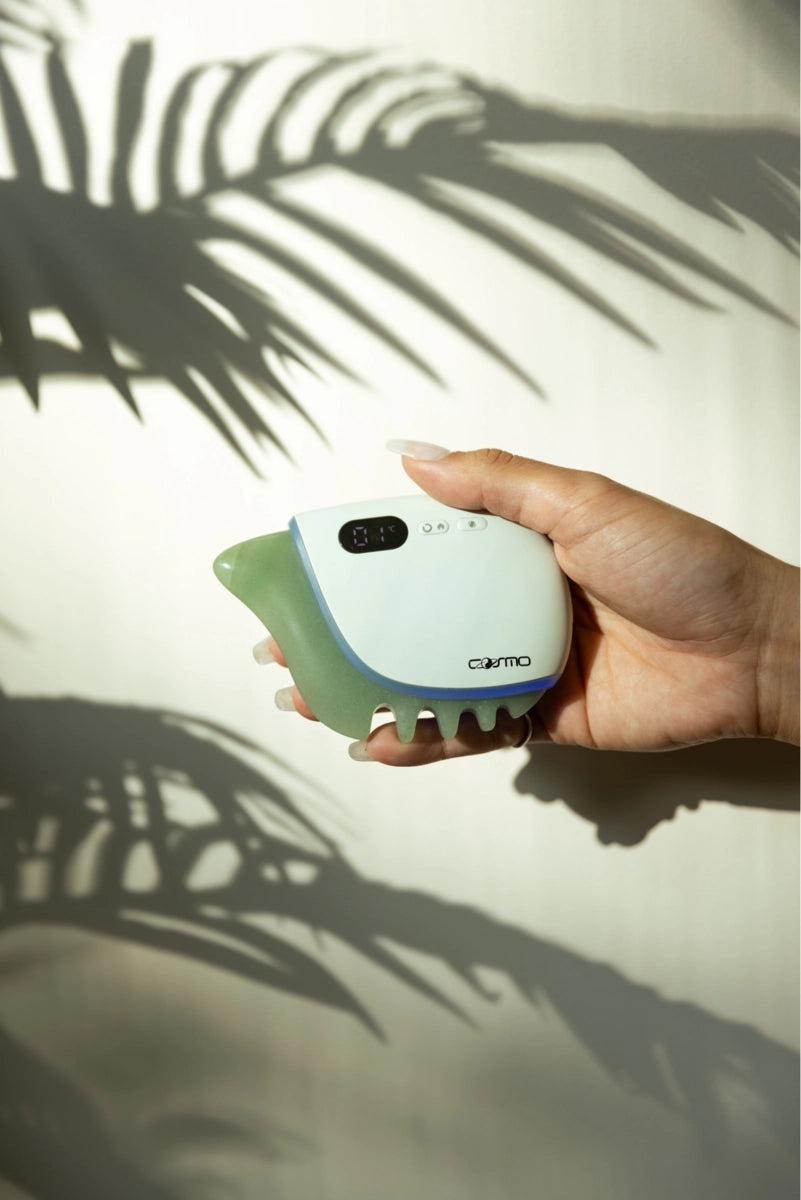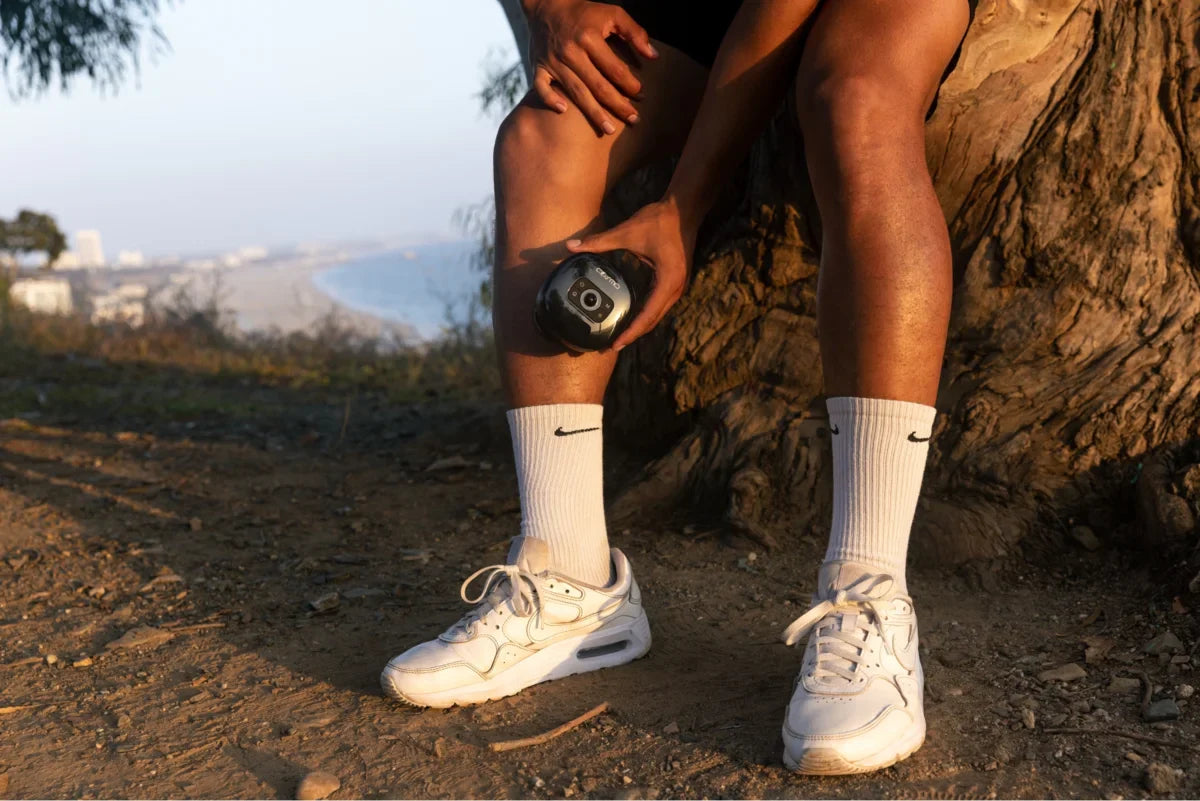When we think of chronic aches or stiffness, we often blame our muscles or joints. Yet many of these woes stem from an overlooked source: the body’s connective tissue network. In fact, issues in fascia can lead to significant connective tissue pain, affecting mobility and comfort. Researchers now recognize that this network plays a major role in pain and movement, even though it was long ignored.

The Role of Fascia in Pain and Movement
To grasp fascia’s importance, imagine the white fibers within an orange: just as that white pith holds the orange segments, fascia is the thin, fibrous web that surrounds every muscle, bone, nerve, and organ in our body. It forms a continuous three-dimensional matrix of connective tissue, holding us together. Experts formally define fascia as a sheath or sheet of connective tissue beneath the skin that attaches, encloses, and separates muscles and internal organs. In simpler terms, fascia is the body’s connective tissue support system – a blend of tough collagen fibers and flexible elastin that both stabilizes our anatomy and allows smooth movement.
Healthy fascia is soft, hydrated, and pliable, allowing muscles and joints to glide freely. It contributes to soft tissue health by providing a lubricated sliding surface between structures. However, fascia is far more than passive packaging. It has a rich blood supply and is packed with nerves. These nerves make fascia almost as sensitive as our skin, meaning the fascia can feel pain and sensation nearly as much as muscles or skin can. When everything is working well, we barely notice our fascia.
How Connective Tissue Contributes to Discomfort
Many people are surprised to learn that fascia can hurt. Because fascia encases nerve endings, it can be a direct source of pain when irritated or inflamed. Fascia is so richly innervated that scientists call it a “sensory organ” in its own right. It contains more sensory nerve receptors than muscles or tendons do. Some of these nerve endings are free nerve fibers woven through the fascia that detect changes in tension and send pain signals if the tissue is strained.
One common culprit is adhesions in the fascia. Under a microscope, healthy fascia has layers that slide over each other easily, thanks to a lubricating substance (hyaluronic acid) between them. But factors like repetitive movements, trauma, or simply too much sitting can cause fascia to lose that slipperiness. The layers of connective tissue may “stick” together or to the muscles they surround – these sticky spots are adhesions. An adhesion keeps the muscle fibers from moving freely, often leading to that feeling of a knot or spot of tenderness. The restricted movement also means nearby nerves can get tugged or pinched, contributing to pain.
This kind of fascia-driven pain often feels dull, aching, and stiff. It may not be as sharp as, say, a sprained ankle, but it causes persistent discomfort and tightness. A telltale sign that fascia is involved is if movement actually makes you feel better, unlike a joint injury that hurts more with motion. Fascia adhesions usually loosen a bit when you gently move and warm up.
Over time, untreated fascial restrictions can snowball. The fascia may continue to tighten and even compress the muscles it wraps. This can create hard, sensitive knots in muscle tissue known as trigger points. Tight fascia essentially strangles the underlying muscle fibers into taut bands. These hard knots not only hurt at their location but can also cause “referred pain” – pain felt in a different area of the body connected by fascial chains.
Myofascial Pain Syndrome
One major example of fascia-related pain is myofascial pain syndrome (MPS). This chronic pain condition arises from trigger points in your muscles and fascia. The term “myofascial” itself underscores the combined role of muscle (myo-) and connective tissue (-fascial) in this syndrome. Individuals with MPS suffer from tender, taut bands in their muscles that cause local pain and often referred pain in predictable patterns. For years, muscle knots were blamed solely on muscle fiber problems, but we now know the surrounding fascia is heavily involved in these trigger points.
How common is myofascial pain? Extremely common. Far more than most people realize. Studies suggest that myofascial trigger points could be the hidden driver behind a large proportion of everyday chronic pain complaints. In fact, one study noted that 85% of back pain and 54.6% of chronic head and neck pain are attributed to myofascial trigger points. In other words, connective tissue trigger points may be responsible for the majority of those persistent backaches and stiff necks many people experience. This makes MPS one of the most frequent causes of musculoskeletal pain, often outpacing better-known issues like disc problems or arthritis. It also explains why treatments that only address joints or muscles sometimes fail – the fascia was the real source of trouble.
The good news is that MPS is treatable once properly identified. It often goes hand-in-hand with another poorly understood condition, fibromyalgia, but they are distinct: fibromyalgia is more about how the brain processes pain, whereas myofascial pain is more about tangible trigger points in the muscles’ connective tissues.

Pain Relief Techniques
If tight fascia and trigger points are causing pain, it makes sense that treatments should target the fascia to provide relief. Indeed, a whole branch of therapy has evolved to do just that. These pain relief techniques focus on releasing tension in the connective tissues. Here some of the main approaches:
-
Hands-on Fascia Massage: In this hands-on technique, a trained therapist uses their hands to gently stretch and elongate the fascia. Unlike a typical massage that might focus on muscles or circulation, myofascial massage is all about the fascia layer. The therapist finds areas that feel stiff or less pliable and applies sustained, light pressure. By holding that pressure and slowly stretching, the fascia begins to ease and “melt” in a way, regaining its flexibility.
-
Trigger Point Therapy: This technique overlaps with myofascial release therapy. Here, the focus is on those trigger points in the fascia. A therapist might locate a trigger point and apply direct pressure to it for a short time. The pressure can help reset the taut, stuck fibers in the muscle and fascia. Over time, this diminishes the trigger point’s intensity and the referred pain. Dry needling is another related approach some practitioners use to inactivate trigger points and relax the fascia.
-
Instrument-Assisted Fascia Techniques: Foam rollers are a common example of a self-use tool: by rolling your body slowly over a firm foam cylinder, you can perform a kind of self-myofascial release, using your body weight to apply pressure to tight spots. This technique can hurt-so-good on sore thighs or a tight IT-band, but it often leads to relief as the fascia releases. There are also small massage balls that let you target trigger points in the back, hips, or feet by rolling on them. Another category of tool is the myofascial releaser instrument, typically a smooth-edged metal or plastic tool used to “scrape” or glide along the skin.
It’s worth noting that often no single approach is a magic bullet. A combination of therapies might be used: perhaps some targeted myofascial release by a therapist, supplemented by daily foam rolling or stretching at home, and maybe occasional trigger point injections or acupuncture for tough spots. The key takeaway is that the fascia needs attention just like muscles and joints do, and there are many tools in the toolbox to give it that attention.
Tools and Innovations for Fascia Care
Beyond traditional myofascial therapy, a variety of tools and modern innovations have emerged to help people manage connective tissue and inflammation. Here are a few notable tools and techniques:
-
Gua Sha Scraping Tools: Gua sha is a traditional Chinese therapy where a smooth tool is scraped over the skin to improve circulation. In fascia terms, the scraping pressure can help break up fascial adhesions just beneath the skin. Modern gua sha tools are often made of stainless steel or stone and are designed to fit the contours of the body.
-
Cupping Therapy: Cupping gained attention when Olympic athletes like Michael Phelps showed up with circular bruises – those marks come from cupping, which uses suction to lift the fascia and muscle tissue. Silicone or plastic cups can be placed on the skin to create a vacuum. The suction gently pulls the tissue upward, which is thought to improve blood flow and fascial flexibility. Many people report that after cupping, tight areas feel less knotted and more pliable. Like gua sha, this technique comes from Eastern medicine but is increasingly used in sports medicine and physical therapy for its fascial benefits.
-
Percussive Massage Guns: Another recent innovation for muscle and fascia tightness is the percussive therapy device (massage gun). These handheld devices rapidly pulse a blunt tip back and forth, essentially delivering quick thumps to the muscle and fascia. The vibration and percussion can help increase blood flow and temporarily relax the tissue. While these tools are often marketed for muscle massage, they inevitably affect the fascia too by loosening adhesions and warming the area.
-
Stretching and Movement Therapies: Though not a “tool” in the gadget sense, certain exercise modalities are specifically aimed at stretching and conditioning the fascia. Yoga is a prime example – many yoga poses provide slow, sustained stretches that elongate fascial lines (think of the entire back line of your body in a forward bend). There’s even a sub-discipline called yin yoga that involves holding gentle stretches for several minutes to get into the connective tissue. Pilates and tai chi are other forms of mindful movement that can improve fascial mobility by encouraging full-range, controlled movements.
With such a range of tools and techniques, it’s easier than ever to give your fascia some TLC. It may take a bit of experimentation to find what works best for you – one person may love the feeling of foam rolling, while another prefers a gentle yoga routine.
Improving Mobility Through Fascia Care
One of the greatest benefits of caring for your connective tissue is better freedom of movement. If you’ve ever stood up after hours at a desk and felt stiff as a board, that’s your fascia crying out. Likewise, if you’ve injured a shoulder and then found your neck and back getting tight, that’s fascia compensating and contracting around the area. By focusing on fascia health, you are improving mobility through fascia. In contrast, stiff connective tissue can limit your range of motion; for example, tight pelvic fascia might tilt your hips and shorten your stride, or a tightened chest fascia can round your shoulders and restrict arm movement overhead.
Mind-Body Approaches and Fascia
Pain management isn’t just about the physical manipulations of tissue – our mental and emotional state significantly impacts how we perceive pain and how our bodies hold tension. Chronic pain, in particular, can become a feedback loop of stress and discomfort. This is where mind-body techniques come in, serving as valuable pain control techniques that complement physical treatments. By calming the nervous system, we can indirectly help our fascia relax and heal.
One powerful approach is pain relief meditation. This refers to mindfulness and meditation practices aimed at easing the perception of pain. How does sitting quietly and focusing the mind help with connective tissue pain? When we experience stress or anxiety, our bodies release stress hormones that can tighten muscles and fascia. Over time, high stress can contribute to the fascia becoming chronically contracted and rigid. Meditation and a deep relaxation break that cycle. By guiding your mind to a calm state – often through focusing on the breath, scanning the body, or visualizing tension releasing – you signal the nervous system to shift into a “rest and digest” mode rather than “fight or flight.” In this calmer state, heart rate and blood pressure drop, and muscles, along with fascia, are more likely to unclench.
Breathing exercises are another mind-body tool that can influence fascia. Connective tissue is rich in receptors for our autonomic nervous system. Slow, deep breathing – especially diaphragmatic breathing – stimulates the vagus nerve and can cause a gentle release of muscle guarding. If you lie down and do ten minutes of slow belly breathing, you may notice areas of muscle and fascial tension easing without even stretching them. This is because your body is shifting into a parasympathetic state where tissues naturally become less tense.
Also consider guided imagery and visualization as part of your pain management plan. As noted in a Johns Hopkins integrative medicine article, techniques like guided imagery (where you imagine yourself in a peaceful place or visualize pain leaving the body) are frequently combined with physical therapies to help patients relax. When you visualize being pain-free, it can reduce the fear and muscle guarding that aggravate pain.

By integrating connective tissue care into pain management, we gain a more holistic, effective approach. You’ll likely find that you not only hurt less, but you move more freely and feel more balanced. Remember that consistency is key – fascia responds to regular, gentle coaxing and mindful habits. Over time, those small efforts add up to a resilient fascial network that supports pain-free movement. So listen to your body’s fascia, give it the attention it needs, and enjoy the benefits of a supple, supported, and more comfortable you.
Sources:
-
Johns Hopkins Medicine – “Muscle Pain: It May Actually Be Your Fascia.” hopkinsmedicine.org
-
Cam & Sakura Medical Journal – “The Role of Fascia in Myofascial Pain Syndrome: A Look at Cinderella Tissue.” csmedj.org
-
Frontiers in Medicine – “Fascia as a multi-purpose structure of connective tissue – dysfunction, diagnostics and treatment (Editorial).” frontiersin.org
-
Medicine (Baltimore) – “Current advances in the treatment of myofascial pain syndrome with trigger point injections: A review.” pmc.ncbi.nlm.nih.gov
-
Frontiers in Medicine – “Myofascial Release for Chronic Low Back Pain: A Systematic Review and Meta-Analysis.” frontiersin.org
-
The Rheumatologist – “What Role Does Fascia Play in Rheumatic Diseases?” the-rheumatologist.org












